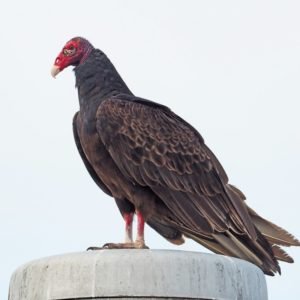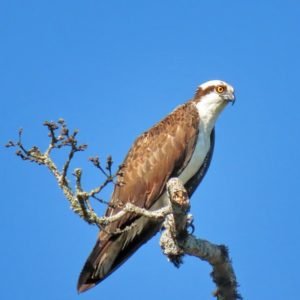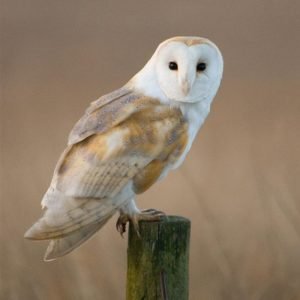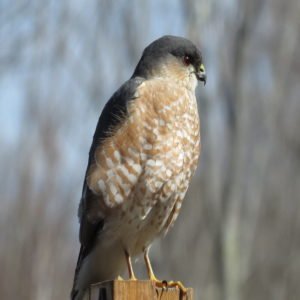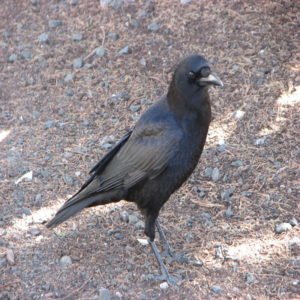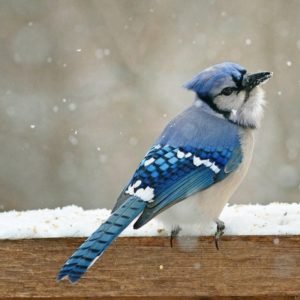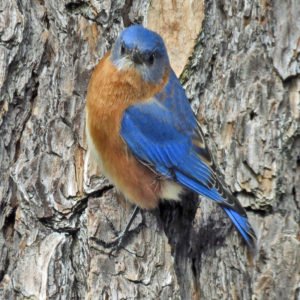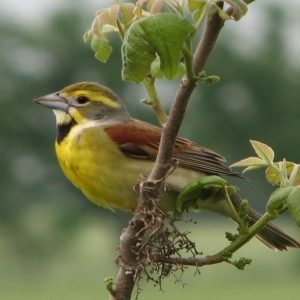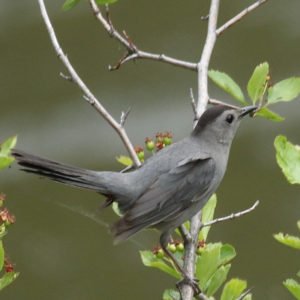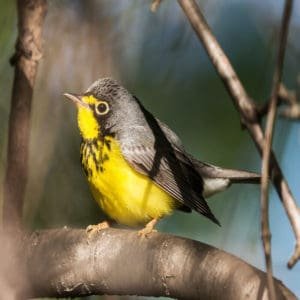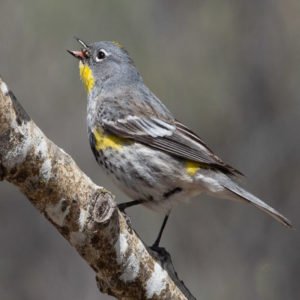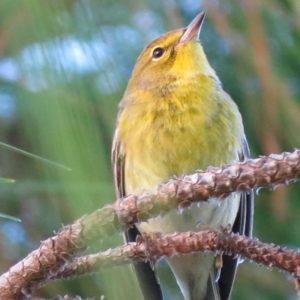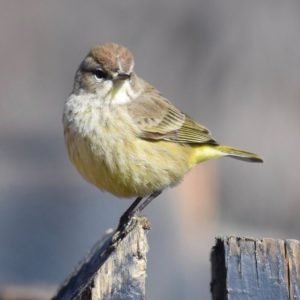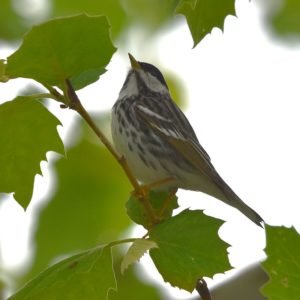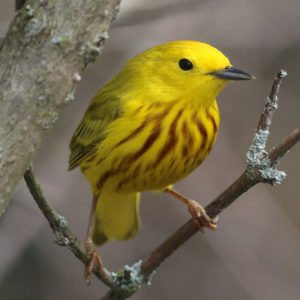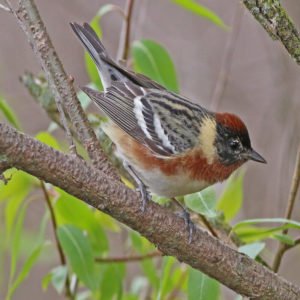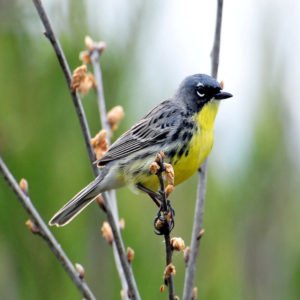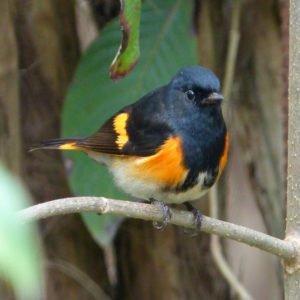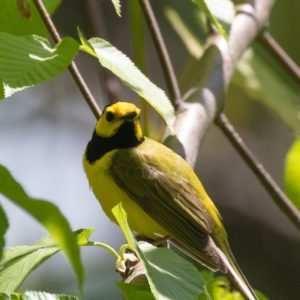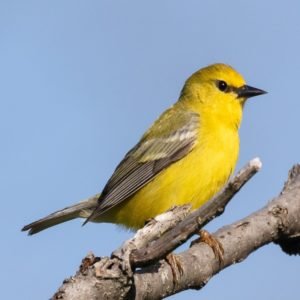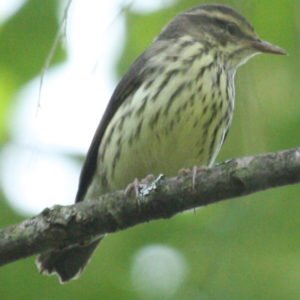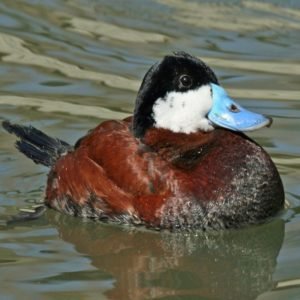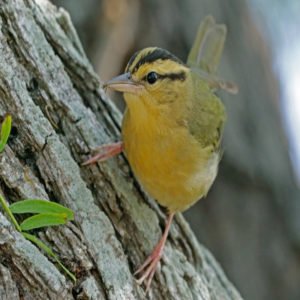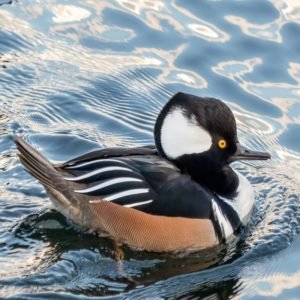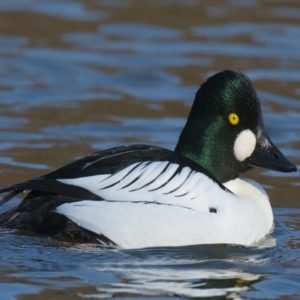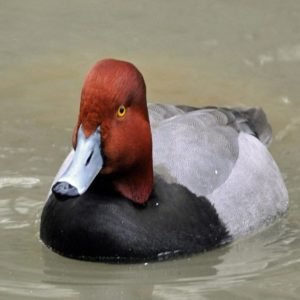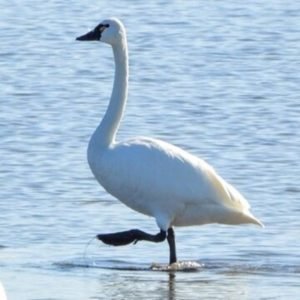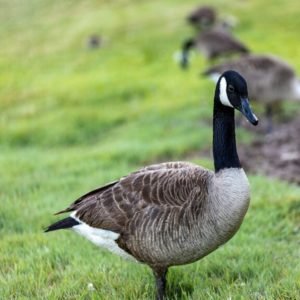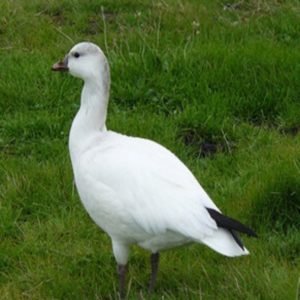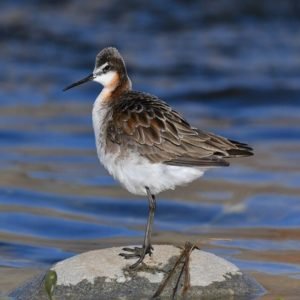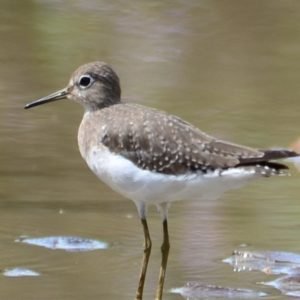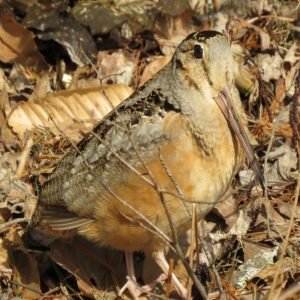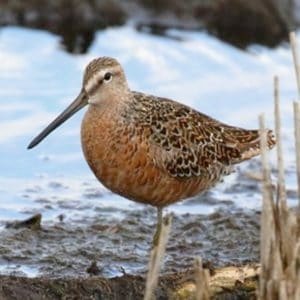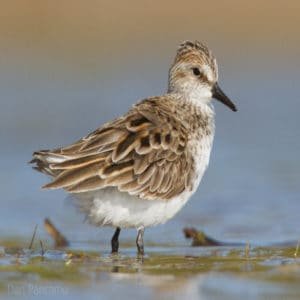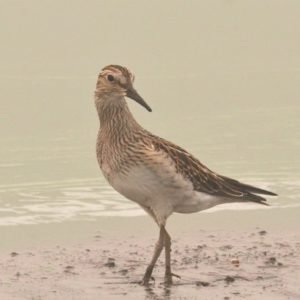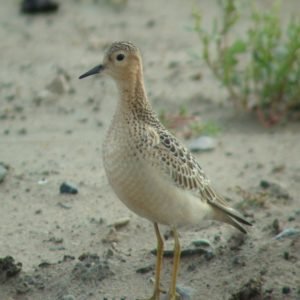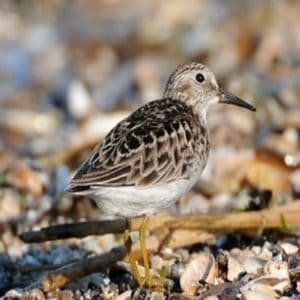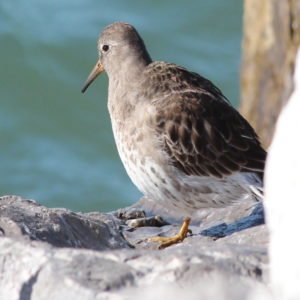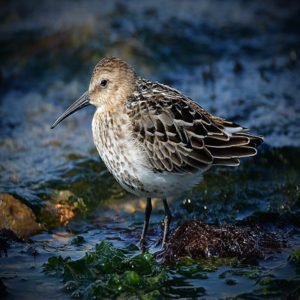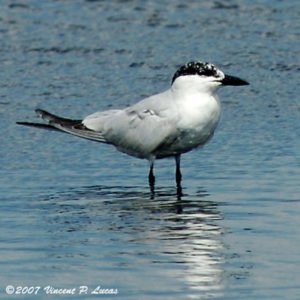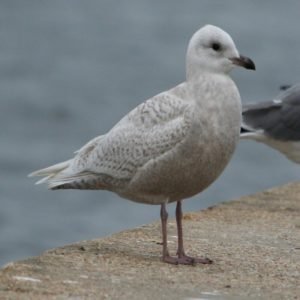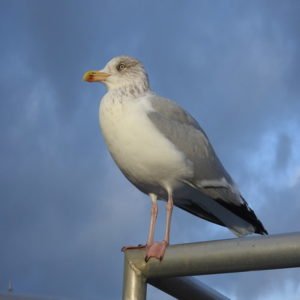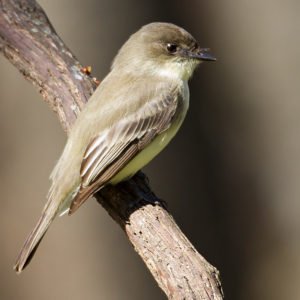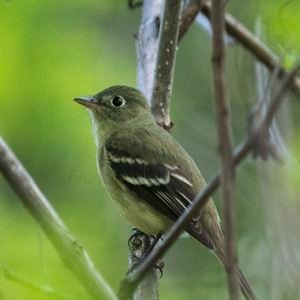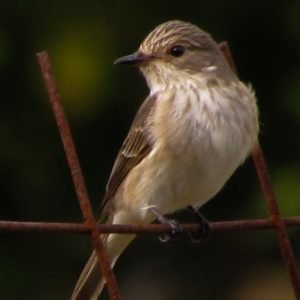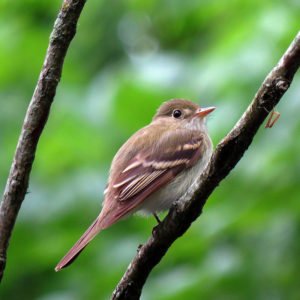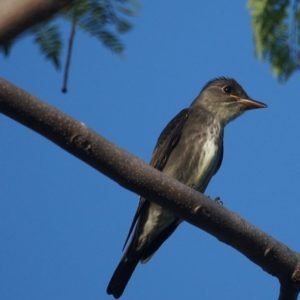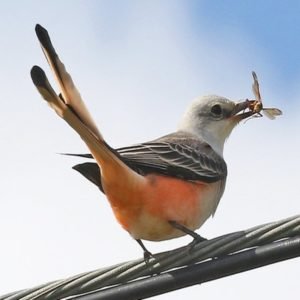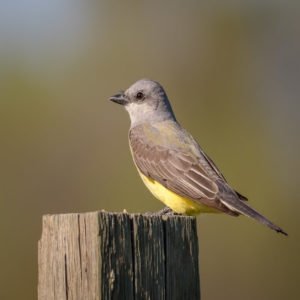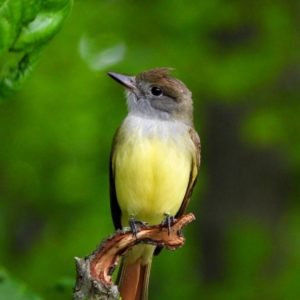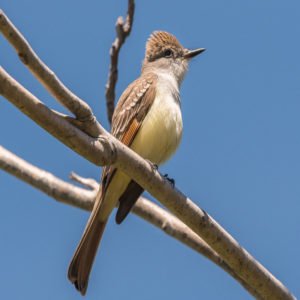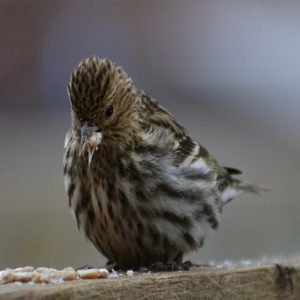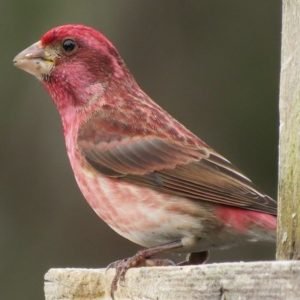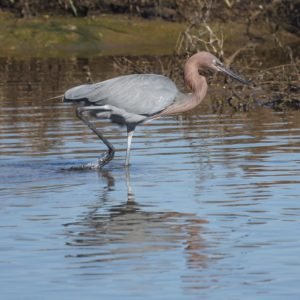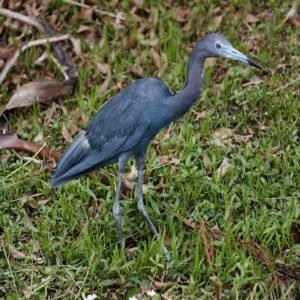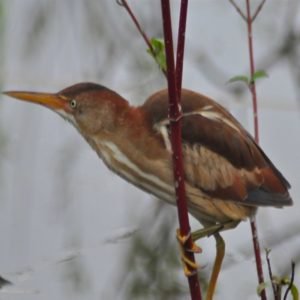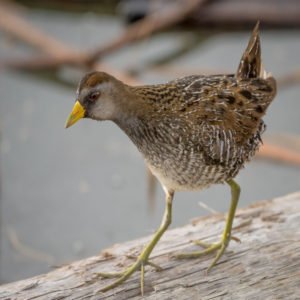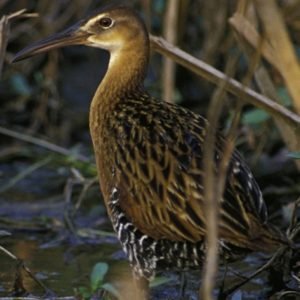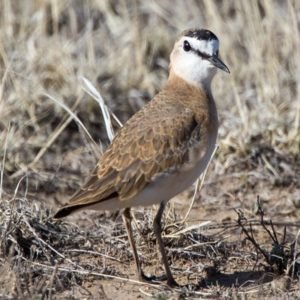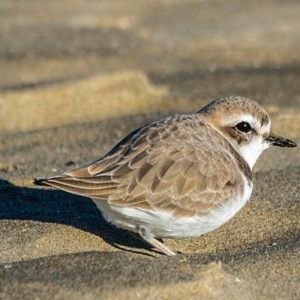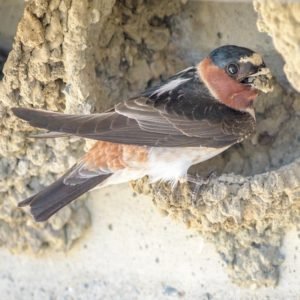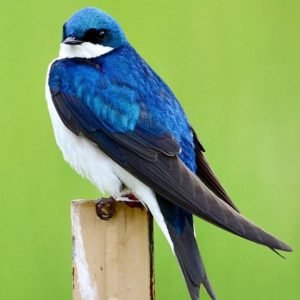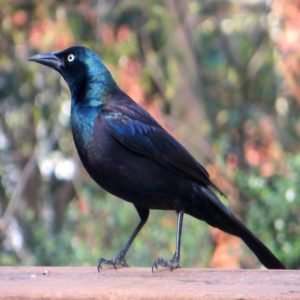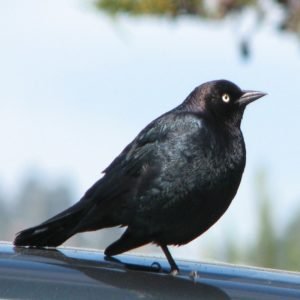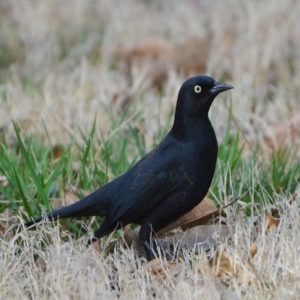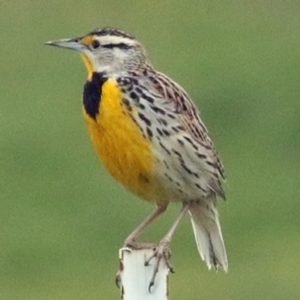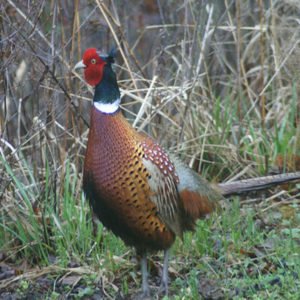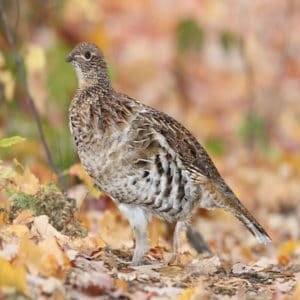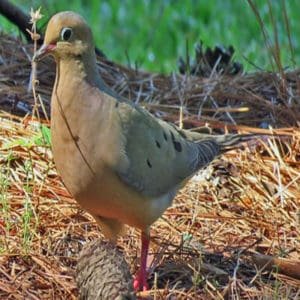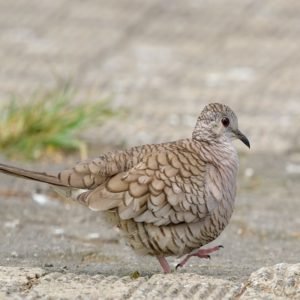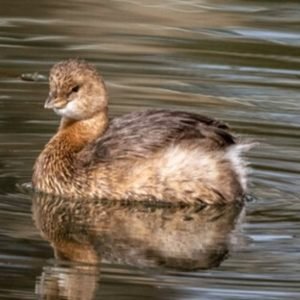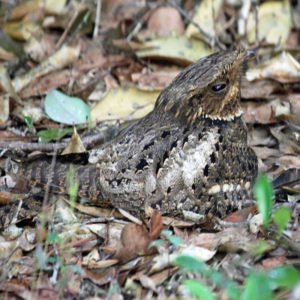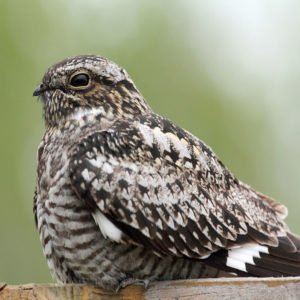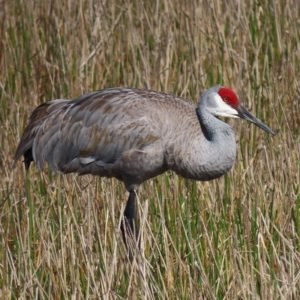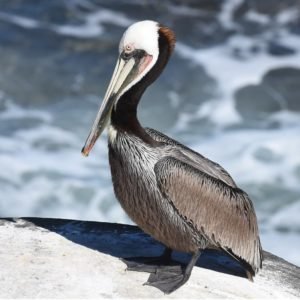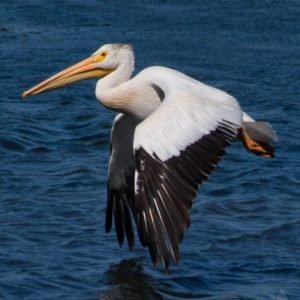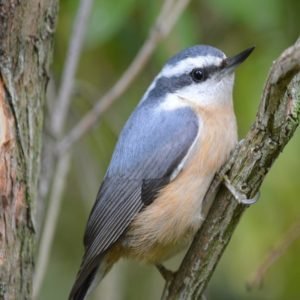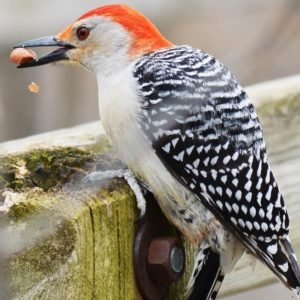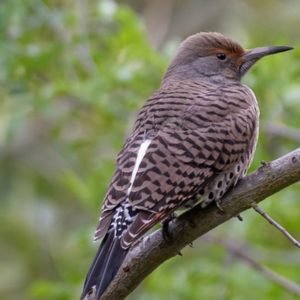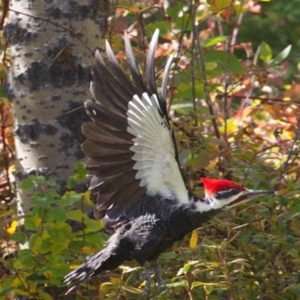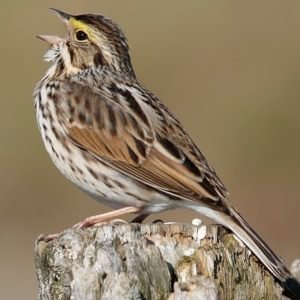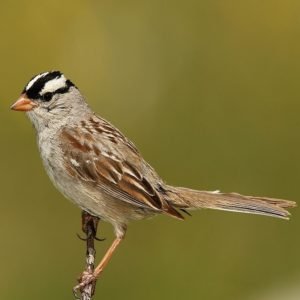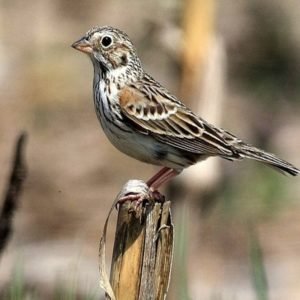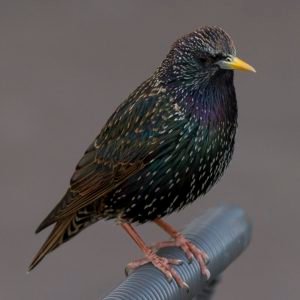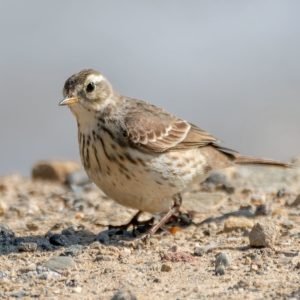While Virginia is a small state, it is home to numerous well-known birding areas, including The Great Dismal Swamp, Chincoteague National Wildlife Refuge, and the Chickahominy River Marsh.
The Great Dismal Swamp is home to 58 species of birds, including the federally endangered Virginia Northern Flying Squirrel. The Chincoteague Wildlife Refuge protects breeding Harlequin Ducks and approximately 300 bird species. The Chickahominy River Marsh is home to 19 different bird species, including the threatened Ridgway’s Rail.
The list contains 475 species and four species pairs as of June 2021. 95 are classified as accidental, while 88 are classified as unusual. Seven species were imported to North America, one of which is now extinct and another which has been extirpated. Four additional species, all of which are now extinct, are likely to have existed in Virginia, but the evidence is insufficient to place them on the main list.
Virginia birding aficionados will have several fantastic spots to enjoy bird watching in Virginia.
Virginia birds of prey
The true raptors, which include eagles, hawks, kites, harriers, falcons, osprey, owls, and, depending on the source, vultures, are just as fascinating and deserving of our attention.
Raptors’ majestic and frequently terrifying appearances make seeing them a pleasurable sport for birding aficionados and novices alike.
Fortunately, Virginia boasts some of the best spots in North America for spotting birds of prey, particularly during migration.
Eagles in Virginia
The breeding population of Bald Eagles in Virginia is a subset of the larger breeding population in the Chesapeake Bay region (VA, MD, DE, and portions of WV, PA, and NJ). Geographically, this regional population is isolated from other breeding populations found along the Atlantic Coast and throughout North America.
Virginia has 2,000 nesting pairs out of thousands. Bryan Watts directs the Center for Conservation Biology at William & Mary and the three-person A-team that has been counting raptures for 30 years.
Owls in Virginia
This state’s landscape is dominated by forest cover, primarily composed of deciduous and broad-leafed trees. Coniferous forest (such as pine) covers a limited area and is concentrated in central and eastern Virginia. Additionally, it has 21 Important Bird Areas, nine of which are of global significance.
There have been eight species identified, ranging in size from the little Northern Saw-whet Owl to the imposing Great Horned Owl.
Typical owls range in size from little to huge nocturnal birds of prey. They feature huge forward-facing eyes and ears, a hawk-like beak, and a prominent feathered circle called a face disk around each eye.
Woodpeckers in Virginia
Woodpeckers are small to medium-sized birds with chisel-like beaks, short legs, stiff tails, and long tongues that are employed for insect capture. Certain species have feet with two forward-facing toes and two backward-facing toes, whereas others have only three toes.
Virginia is home to the two most frequent Melanerpes species in the eastern United States, the Red-bellied and Red-headed woodpeckers. They both have red feathers on their heads, and as a result, newcomers to woodpeckers may initially confuse the two species.
Numerous woodpeckers have a propensity of tapping their beaks noisily on tree trunks. In Virginia, nine species have been identified.
Backyard birds of Virginia
Virginia is a haven for a diverse range of wild birds. We’ll look at some of the most identifiable and well-known Virginia birds in this post, focusing on those that can be found in your own backyard. While some of these species spend the entire year in Virginia, others are migratory and only visit on a seasonal basis.
If you reside in Virginia, becoming acquainted with the birds that visit your backyard can be a simple and enjoyable way to connect with nature. Keep a lookout for these lovely backyard birds that are frequent in Virginia during the spring and summer months.
Hummingbirds in Virginia
Hummingbirds are little birds that can hover in mid-air due to their wings rapidly flapping. They are the only birds capable of flying in reverse. In Virginia, eight species have been identified. In each state, hummingbird species are classified as resident, seasonal, or unusual.
Hummingbird migration season peaked in Virginia months ago, as Ruby-throated and Rufous Hummingbirds flew to Mexico or Central America. One Rufous Hummingbird has resisted the seasonal migration patterns and is wintering in Green Spring Gardens.
Mockingbirds in Virginia
Mimids are a passerine bird family that contains thrashers, mockingbirds, tremblers, and the New World catbird. These birds are noted for their vocalizations, particularly their exceptional ability to imitate a broad variety of birds and other outside sounds. The species’ appearance is dominated by dismal grays and browns. In Virginia, four species have been identified.
Of course, the dance of mockingbirds is not nearly as well-known as their singing. Northern Mockingbirds are renowned for their ability to mimic bird cries and other environmental noises in order to compose lengthy and sophisticated songs of their own.
Best Birdwatching Spots in Virginia
Birding in Virginia includes all of this: urban preserves, Atlantic coast refuges, and peaks exceeding a mile in elevation. Among the highlights are the windswept beach and marshes of Chincoteague National Wildlife Refuge, which is located on an Atlantic Ocean barrier island and is home to over 300 species of birds.
Additionally, Virginia established the first statewide birding and wildlife route in the United States. Visitors to the state’s 43,000 square miles of natural environment can use the coastal, mountain, and piedmont legs to locate and enjoy the best natural locations.
The following are Virginia’s top five birding destinations.
- Chincoteague National Wildlife Refuge/Assateague
- Eastern Shore of Virginia National Wildlife Refuge
- Back Bay National Wildlife Refuge
- Kiptopeke State Park
- Huntley Meadows Park
Other Virginia birds
Virginia is noted for its wealth and diversity, as well as for being home to the state bird, the cardinal. Nonetheless, Virginia is home to a variety of different birds. The following is a list of some of the most frequent birds in Virginia:
If you have encountered a bird in Virginia that is not yet on our list or that you cannot identify yourself, we’ll be happy to identify it for you. Simply take a picture of it and upload your picture, a quick description and the U.S. state where it was found here on our bird identification page.

